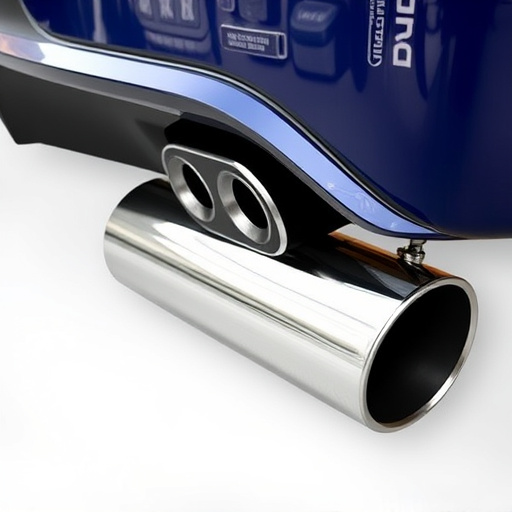In today's competitive market, competitive pricing is crucial for businesses selling specialized products like paint protection film and custom vehicle wraps. To set accurate prices, business owners must analyze industry trends, consumer preferences, and their product's unique qualities—such as advanced ceramic coatings—while maintaining high quality. Dynamic pricing strategies based on market demand and transparent pricing build customer trust and loyalty.
In today’s dynamic market, accurate competitive pricing is essential for businesses aiming to thrive. Understanding the intricate dance between product quality and pricing is a strategic move towards success. This article navigates the competitive pricing dynamics, exploring factors influencing product quality and their direct impact on pricing strategies. By delving into proven methods, we’ll equip you with tools to implement effective competitive pricing, ensuring your products reflect their highest quality accurately.
- Understanding Competitive Pricing Dynamics
- Factors Influencing Product Quality and Pricing
- Implementing Accurate Competitive Pricing Strategies
Understanding Competitive Pricing Dynamics

In today’s competitive market, understanding the dynamics of competitive pricing is a crucial strategy for businesses, especially in industries offering specialized products like paint protection film and custom vehicle wraps. This involves a meticulous analysis of various factors that influence pricing while ensuring product quality remains accurately reflected. The landscape of vehicle protection products is vast, with competitors offering similar solutions, which can create a challenging yet fertile environment for price setting.
Business owners must navigate this labyrinthine market by staying attuned to industry trends, consumer preferences, and the unique selling propositions of their offerings. For instance, while generic custom vehicle wraps may have lower prices, they might not match the quality and durability of specialized products designed for specific vehicle models. Accurately pricing such specialized items requires a deep understanding of production costs, market demand, and the added value brought by superior materials and craftsmanship, thereby setting the stage for a successful competitive strategy.
Factors Influencing Product Quality and Pricing

Product quality is a multifaceted concept influenced by various factors that directly impact consumer perception and expectations. In the realm of competitive pricing, understanding these elements is pivotal. One key factor is the materials and manufacturing processes employed; premium materials and advanced techniques often translate to higher-quality products, justifying a corresponding price point.
Additionally, specialized treatments like ceramic coatings or custom graphics can enhance product durability and aesthetics, further elevating its perceived value. These features not only protect the underlying surface (like a vehicle’s finish) but also add a layer of uniqueness and sophistication, making them desirable to consumers seeking both quality and individuality in their purchases.
Implementing Accurate Competitive Pricing Strategies

Implementing accurate competitive pricing strategies requires a meticulous approach that aligns with the quality and unique selling points of your product. In today’s market, consumers are discerning and well-informed; they can quickly compare products and services online, making it essential to reflect the true value of what you offer in your pricing. One effective method is to conduct thorough competitor analysis, studying their pricing structures and the features they provide. This process allows you to position your product competitively while ensuring your prices accurately represent its superior quality, such as advanced ceramic coatings that offer enhanced heat rejection for vehicle protection.
By analyzing market trends and consumer behavior, businesses can set dynamic pricing strategies that adapt to demand and seasonal fluctuations. This agility ensures that prices remain relevant and attractive without undervaluing the product. Moreover, offering transparent pricing information builds trust with customers, who appreciate knowing exactly what they are paying for. Incorporating these practices into your competitive pricing strategy will not only attract customers but also foster long-term loyalty by demonstrating a commitment to providing high-quality products at fair and accurate prices.
Accurately reflecting product quality in competitive pricing is key to fostering market trust and ensuring long-term business success. By understanding pricing dynamics, recognizing factors that influence both quality and cost, and implementing strategic adjustments, businesses can position themselves as industry leaders. This approach not only attracts customers seeking high-quality products but also builds a sustainable advantage in a dynamic marketplace. Effective competitive pricing strategies are an art and a science, requiring constant evaluation and adaptation to stay ahead of the curve.














